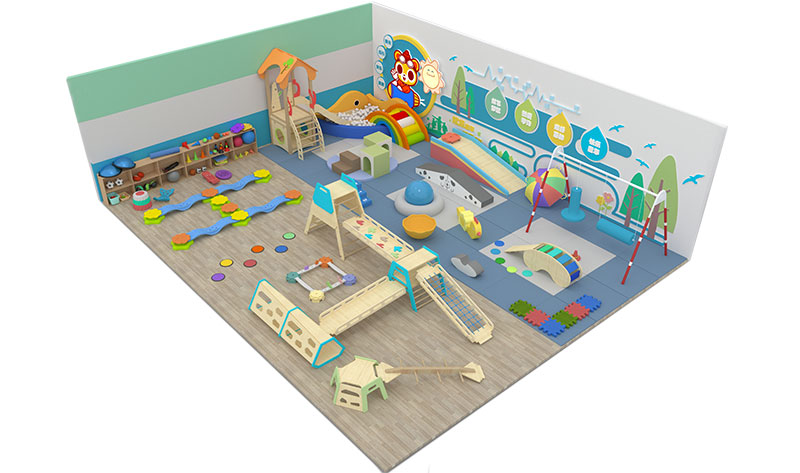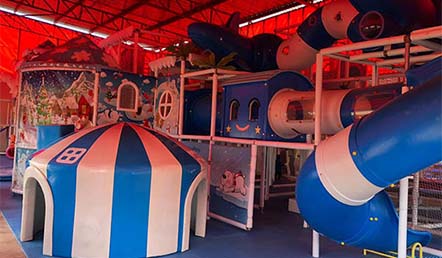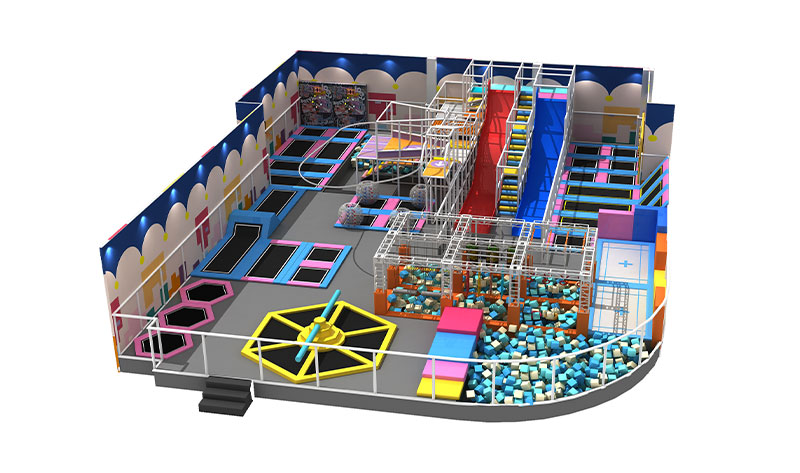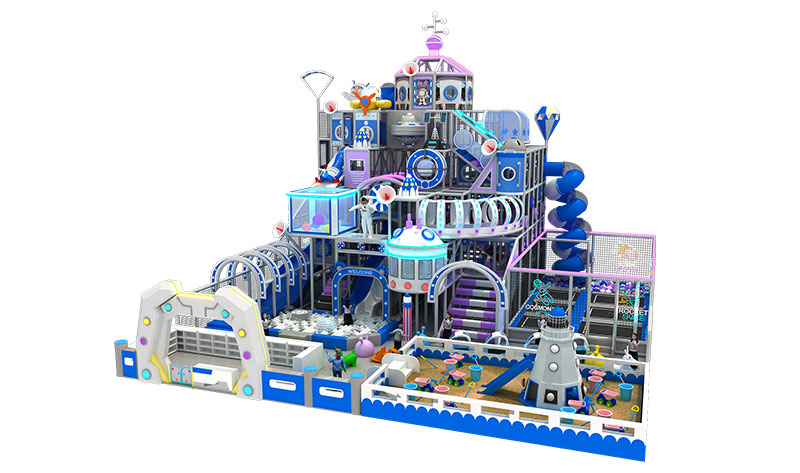The trampoline park industry has experienced rapid growth over the last decade, with countless new parks opening globally. These parks offer a dynamic and engaging environment for families and individuals to enjoy physical activity in a safe, controlled space. However, as the industry expands, so do the complexities and challenges it faces. Understanding these challenges is crucial for operators and investors seeking to remain competitive in a thriving market.
1. Safety and Risk Management
One of the most significant challenges in the trampoline park industry is ensuring safety for guests. Given the physical nature of trampoline-based activities, the risk of injury is inherent. Trampoline parks are often faced with managing a range of injuries, from minor sprains to more severe accidents.
To mitigate these risks, operators must adhere to strict safety standards, which include routine maintenance, staff training, and safety features like padded areas, proper supervision, and clearly marked rules for guests. Additionally, the industry faces increased legal and insurance-related pressures due to liability concerns. A strong safety culture is essential not only to reduce the incidence of injury but also to build trust with customers.
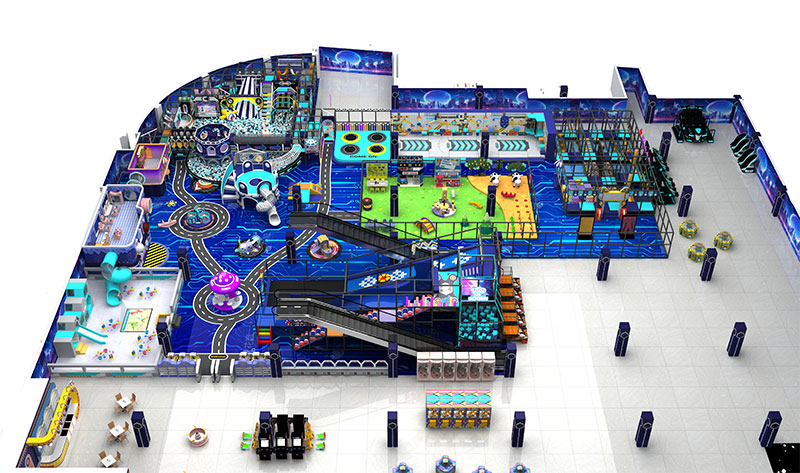
2. Seasonal Fluctuations in Demand
Another challenge facing trampoline parks is the fluctuation in customer demand, particularly due to seasonal changes. In regions with harsh winters or hot summers, demand for indoor activities may increase during colder or hotter months, but this also means that businesses must be prepared to handle peak seasons while managing the off-season period when foot traffic decreases.
To overcome this challenge, trampoline park owners are increasingly offering special promotions, memberships, and off-season events to keep customers engaged year-round. Additionally, some parks are diversifying their offerings to include activities like laser tag, climbing walls, and virtual reality to appeal to a broader audience during quieter months.
3. Competition and Market Saturation
With the trampoline park market booming, competition has intensified. New parks are continually being launched, especially in metropolitan areas, and established parks must constantly innovate to stand out. This leads to a challenge in differentiating services, whether through unique attractions, customer experiences, or branding.
The rise in competition also means that operators need to maintain consistent, high-quality customer service while keeping their pricing structures competitive. Many parks are responding by adopting advanced technology, improving facilities, and diversifying their offerings to keep customers coming back for more.
4. High Operating Costs
Running a trampoline park involves substantial operating costs. From maintaining the large physical space, purchasing specialized equipment, and ensuring proper insurance coverage to managing staff and utility expenses, the financial overheads can be considerable.
Given that safety is a top priority, equipment must be regularly inspected and replaced when necessary. Additionally, with the requirement for skilled staff, particularly for safety training and customer interaction, labor costs are often higher than in other entertainment sectors. Operating costs can become a significant hurdle, especially in competitive markets where pricing pressures limit profitability.
To offset these costs, many trampoline park owners are increasingly exploring additional revenue streams. Offering birthday party packages, corporate events, group discounts, or food and beverage options can provide an added layer of income, helping to stabilize overall finances.

5. Keeping Up with Customer Expectations
As customers become more tech-savvy, they expect a higher level of service and engagement. From seamless booking experiences to personalized interactions, customers are looking for more than just a physical space to jump around. They want an experience, and operators must adapt to these evolving demands.
Integrating modern technology into the trampoline park experience can address these expectations. This could include digital booking systems, interactive games, and loyalty programs. Additionally, leveraging social media and online reviews can help maintain customer engagement and attract new visitors. Parks that fail to meet these rising expectations risk losing out to competitors who are quicker to innovate.
In Conclusion
The trampoline park industry offers vast opportunities, but it also faces several significant challenges. Ensuring safety, managing seasonal demand, dealing with intense competition, controlling operating costs, and meeting evolving customer expectations are all critical areas for growth and success. By understanding and addressing these challenges proactively, trampoline park operators can not only survive but thrive in a competitive and ever-changing marketplace.

